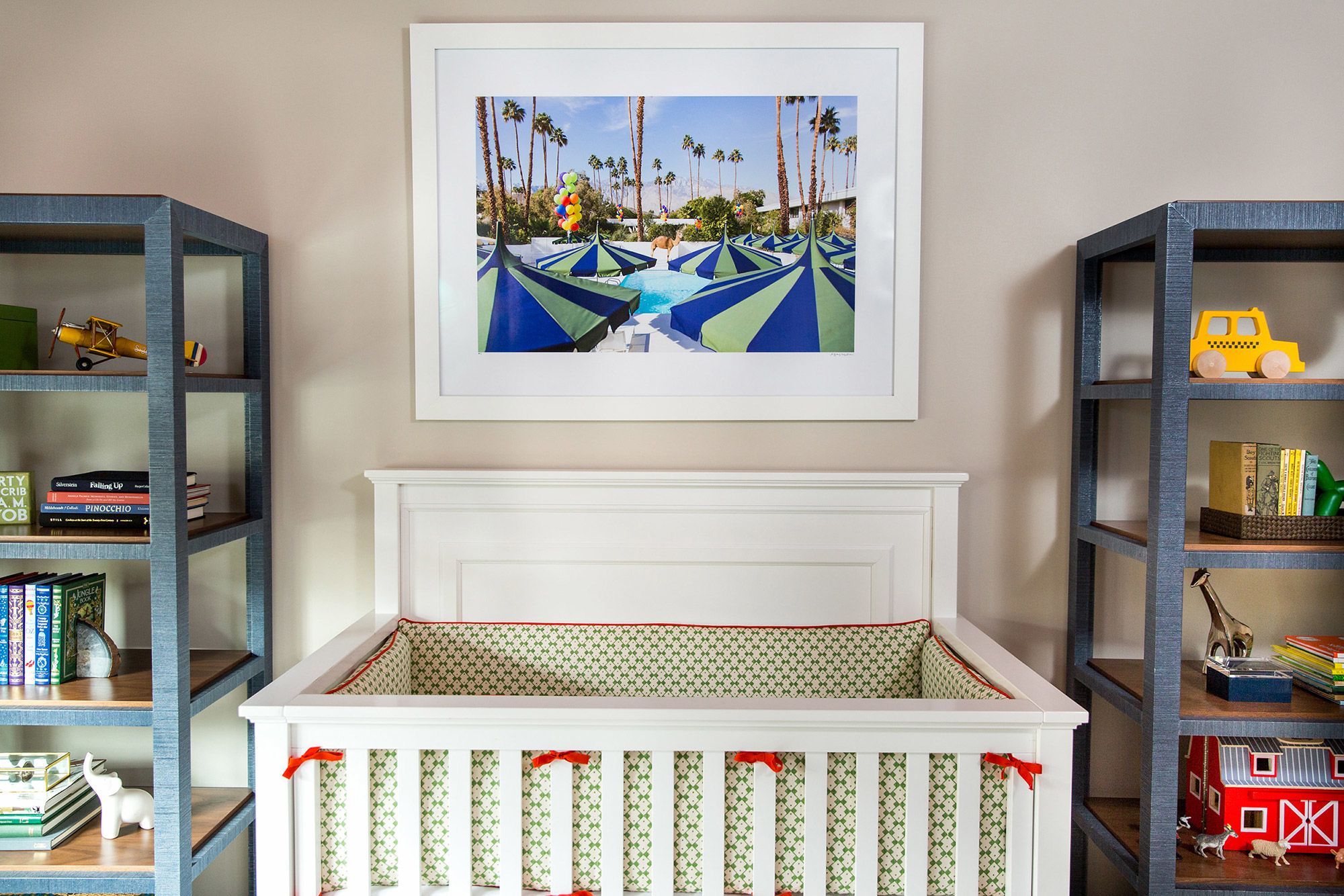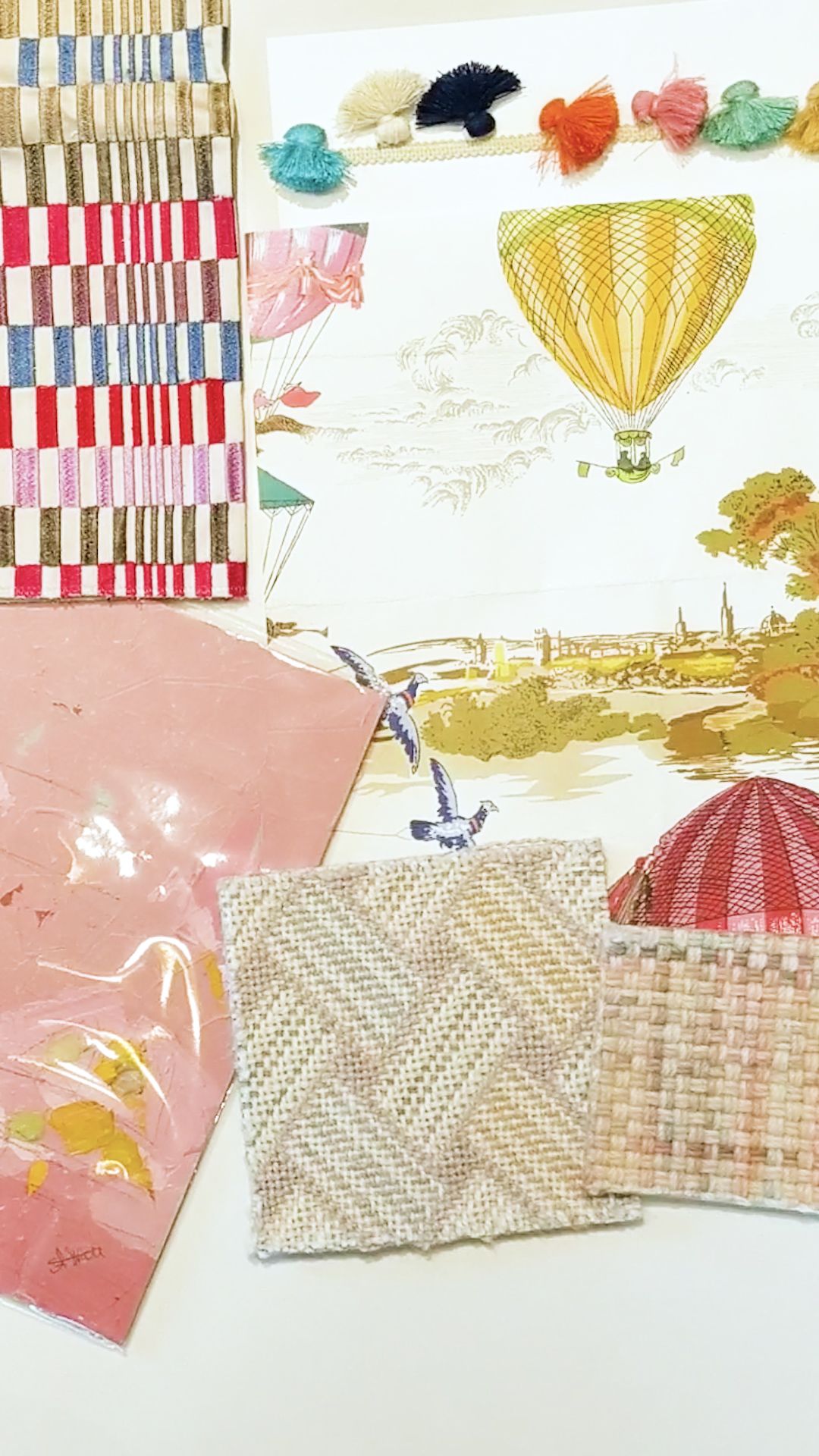Designing a kids room can be a tricky feat no matter the age—and an even trickier one when the goal is to design a space that grows with your child, from infant to pre-teen and beyond. Luckily, interior designer and one of our newest contributors MA Allen is sharing a few tips and tricks with us today, and we’re taking copious notes. So whether you have a babe on the way, or you’re looking to refresh your child’s room, you’ll want to take these tips to heart…
My approach when tasked with designing a space for kids is always the same—design a space that is capable of growing with them. Because as we know, you blink your eyes and your infant is a toddler, and your toddler is a tween! (Just see what I mean in these two photos below…) If you’re wondering just how to pull this off in your own child’s room and create a space that grows with them from stage to stage, here are a few pointers:
BEFORE

AFTER

Don’t skimp on designer fabrics and finishes.
By working with the same designer fabrics and finishes we use in our typical projects instead of specific juvenile fabrics and wall coverings, an elevated space is designed from the start. I prefer to use an eclectic mix of furnishings and again, do not turn to the brands designed specifically for children, with one exception being cribs.

Make function your focus.
While addressing aesthetics I also look to function in a big way. As a mother of three and a total neat freak, I don’t want to see anything not in its place. And that starts by making sure everything has a place! Whether it’s open display space or concealed storage, I make sure we have plenty of both because as infants grow to busy toddlers the toys continue to pile up.
Pick furniture pieces that work in the long-run.
Caught in the changing table debate? I prefer to start with a chest or dresser and add a changing table topper that can later be removed instead of having to move out an entire piece of furniture. A statement light fixture is also always an easy add that will elevate the space, and work with any changes you make to the rest of the décor as your child grows.
Don’t settle for “temporary” artwork.

When picking artwork, I look to fun art that adds to a homeowner’s personal collection of fine art, versus inexpensive, low quality giclees that serve a temporary role. Gray’s collection from The Parker is a great fit for a kids space because it’s sophisticated and youthful all in the same breath. (See how I used it in this nursery above and how I am scheming to use the Red Balloon I print in this big boy room below.)

For my daughter’s nursery I am absolutely dying for a Mademoiselle Laduree photograph as it’s the perfect complement to her France-inspired nursery. Wouldn’t it be perfect with her wallpaper?!


Imagine the room without a crib.
Also of note, when I am starting with a nursery design I always also draw a floor plan showing the room without a crib. This long-term plan shows where the bed will go in the room when the time comes to remove the crib and ensures that the design doesn’t lead to spend good money after bad. Since much of our work is new construction or heavy construction, this advance planning ensures we have outlets in the correct place and a lighting plan that works for present and future.
Are there any tips you would add to this list?
We hope you found this advice helpful—we know we did! To view more of MA Allen’s inspiring work, find her website here and follow her on Instagram here.
Now, what topic to tackle next?
Xx Team GM
Photos: Gray Malin, Nick Pironio, Anna Routh